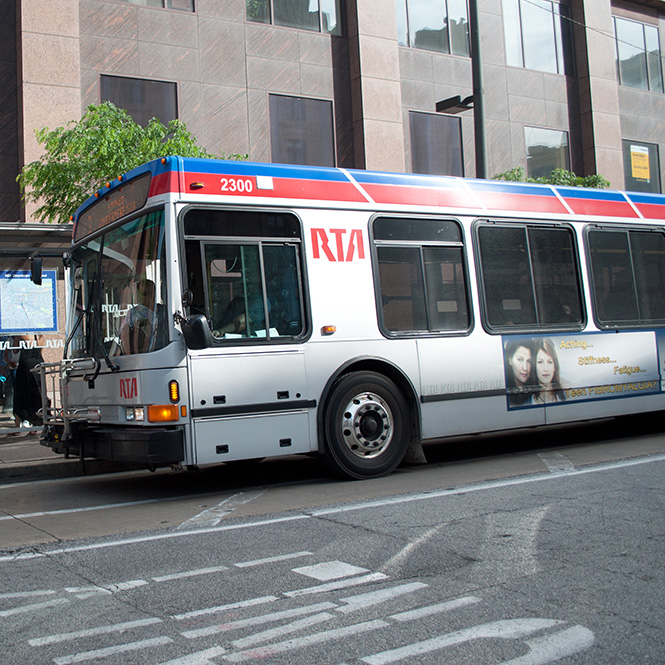Conclusions
The number of challenges faced in the Rust Belt are numerous, and adapting to a new transportation system to serve 21st century needs of the residents is a daunting task in and of itself. With property values low, federal funds sparse, and a future uncertain, decisions made by planners in these cities are going to be felt for years to come. The silver lining exists, and there is a resurgence of people who are stepping up and working to revive urban cores. After decades of having these problems ignored and cities slowly slipping into decline, there is now national discussion on what can be done to change the way cities will operate for the next generation of Rust Belt Americans.
In looking at transportation options for people in these cities, TOD is a natural partner to ensure their success. Creating higher density encourages people to live near the transit stations and fosters an environment where people can interact with each other and their surroundings in a ways that antiquated zoning practices had once limited. In doing so we can better society, business prospects, land values, tax revenues, and transit.
But TOD is much more than simply creating a development around a transit station – it is about making a place where people will want to spend their free time. It is about creating an environment that encourages people to look at a dense space with the prospects of mingling and learning new things from one another, instead of simply being “crowded”. Working with zoning authorities to create new classifications for transit stops and adapt form-based codes are all part of the place making as well. With their population decline Rust Belt cities need more people on the street to create life, commerce and reduce crime. In turn, this will encourage others to explore the sides of the city that can be happy, healthy places to live, work and play. The end result will not be 19th century Paris. The city will be a 21st century American solution with enhanced urban beauty and the inherit ability to make peoples lives better. If done well enough, perhaps old world Paris won’t be nearly as exciting as what the future holds.
Doing so takes a large collaboration of numerous partners. Working with retailers to ensure that the proper mix of big and small business; anchor and boutique; brick and mortar and street vendors; is met in a way that creates good business for all is a necessity. Working with local government, community organizations, transit authorities, the state, regional governments and others to set measurable goals for a TOD will help to determine the success of the project and make sure the needs of the public are met.
With the lack of existing transit in many Rust Belt cities, the opportunity exists to learn from the mistakes of others, even those with an outpouring of support for TODs and transit systems, and make America’s old industrial cities an example of how to build TODs the right way. These cities built modern day America. The Rust Belt gave us steel, automobiles, westward mobility, multiple international trade crossings, and much more. If there is one thing that these cities have always done well, it is innovate. TOD is an American tradition dating back to the creation of the Trans-Continental railroad, and if any place was ripe to take failed TOD/transit concepts and make them work, it is the Rust Belt.
Cities should look to adapt realistic policies that benefit their people. Public support, government support at multiple levels, and a cohesive, well developed plan will help to sell a transit system and a TOD will show that the effort is there to make the system function. If they do so, and all the recommendations made in this essay, the potential is limitless. Nothing comes easy, but without a plan in place to try and make it work, it will not come at all.

